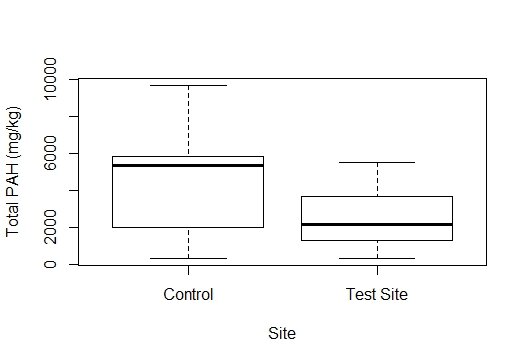The Elephant in the Stream
I’d like to talk about the elephant in the stream. That elephant being the estimated 10,000 cubic meters of creosote contaminating prime aquatic habitat for migratory birds and young fish, both freshwater and saltwater species. What is Marsh Creek? What is creosote? What is an elephant? Let’s get into it.
Marsh Creek & Associated Contamination
Marsh Creek is Saint John’s largest urban watershed. The stream runs from the headwaters in Golden Grove, through the City of Saint John’s East side, including much of the commercial district, and drains through the Courtenay Bay Causeway into the Saint John Harbour. The Marsh Creek watershed consists of multiple different main watercourses including Dutchman’s Creek, and Cold Brook. Many lakes are also within the system including Ashburn Lake, Harrigan Lake, Mystery Lake, etc., with many wetlands scattered throughout Saint John’s East side, including a tidal wetland at the mouth where the stream meets the Saint John Harbour. The lowest section of this stream, leading to the Causeway, is an estuary. Estuaries occur where freshwater meets saltwater and they are typically highly productive systems, hosting plenty of vegetative growth, birdlife, and acting as nursery grounds for young fish (both marine and freshwater species). This system therefore has a very large ecological significance.
Marsh Creek forebay with a view of the Saint John Harbour.
Marsh Creek is infamous for its frequent flooding through the low-lying sections on the East side of Saint John and because of the significant contamination it hosts. Up until 2014 it received untreated sewage inputs. ACAP Saint John has historic data leading up to this date showing extreme levels of fecal bacteria contamination in the water. While present day concentrations of fecal bacteria are still elevated at some sites in Marsh Creek, the levels are much lower than pre-2014 data (average fecal coliform counts of 96,550 cfu in 2013 compared to 620 cfu in 2018).
The contamination does not stop there though, there is a big, dark, oily, monster in the stream that needs to be defeated, for the sake of the wildlife depending on this habitat. A large area of this estuarine portion of the stream (the lower salty section) is contaminated with creosote-soaked sediment. Creosote is a petroleum-based product that comes from the incomplete combustion of wood and fossil fuels and its main components are polycyclic aromatic hydrocarbons (PAHs). PAHs are a class of organic contaminant that are highly toxic to wildlife and humans alike, some also being cancer-causing. PAHs also come from our car exhausts, industrial emissions, marine traffic, residential emissions (heating our homes), laying asphalt, etc. These chemicals collect in the fat tissues in wildlife and humans. Creosote has several uses, but in this case, it was used as a wood preservative at a lumber yard that was once located on the banks of Marsh Creek at Canada Post’s current location. There is currently a retaining wall that was built along the banks of the Canada Post property to stop any additional creosote from entering the stream.
Joseph A. Likely lumber yard on the banks of Marsh creek- 1917.
A sheen surfacing in Marsh Creek.
So, creosote is made of these toxic, cancer-causing building blocks (PAHs), and the Marsh Creek estuary is filled with it. An estimated 10,000 cubic meters of creosote-soaked sediment exists in the estuary. In parts of the stream even just touching the creek bed causes an oil sheen to rise to the surface of the water. It’s shocking to see it in person. This isn’t a contained system that will keep the contamination in one place. There is water rushing down over this contaminated area constantly, with a tide that comes in and out twice every day. Therefore, there is high potential for nasty things to migrate around the stream, down into Courtenay Bay, and into the Bay of Fundy. Wildlife moving through and feeding in the area could potentially participate in mobilizing the contamination through physical actions or by accumulating it in their tissues, too.
American Eel from Marsh Creek in 2019, photographed by Graeme Stewart-Robertson.
You might be thinking “there are no animals feeding in Marsh Creek… or the ones that are in there have two heads, so who cares?!” WELL, I can confirm that there are many migrating birds that pass-through and feed in Marsh Creek. There are also bountiful amounts of fish in even the contaminated estuarine portion of the stream. None of which have two heads. That I’ve seen. They are just out there trying to live their best lives in the contaminated conditions that have been left for them. Since last year we have fished a site ~500m downstream of the heavy contamination once per month (May to October) as part of the Harbour Baseline Monitoring program that I coordinate at ACAP. We collected 275 individuals across 11 species at this one site, including many American Eel, a threatened species. Unless they walked right into the mucky creosote, someone experiencing Marsh Creek for the first time likely wouldn’t know the stream was contaminated.
I knew very little about Marsh Creek before starting at ACAP in 2018. I knew about the presence of sewage contamination, but I didn’t know about the creosote. I have since learned plenty about it through documents from the ACAP archive, through members of our staff, and from doing field work in the stream. I think, like pre-ACAP Bethany, there are probably still plenty of people around our community who aren’t aware of how bad this is. I am hoping to reach a few of those individuals with this story.
Here’s a fun fact (not really fun at all) that we learned this year: Total PAH concentrations (the toxic building blocks for creosote) in the most highly contaminated part of the stream ranged from 25-9700 mg/kg in 2018-2019 (n=16). The disposal at sea limit for total PAHs is 2.5 mg/kg. This shows that these toxic contaminants in Marsh Creek sediment are occasionally up to almost 4000 times higher than the limit above which they are considered too hazardous to dispose of in the ocean. Not to mention that these concentrations are far beyond any guidelines that are made for protecting the health of fish and wildlife being exposed, and beyond anything we’ve measured elsewhere in the Harbour. This is a problem. We know it is a problem. A lot of people in the City know it is a problem. We just haven’t had this data publicly available before to give us the kick in the pants we need to do something about it.
ACAP’s Pilot Project to Reduce Sediment PAHs
So, I think this is the part where things start to get happier and a bit more productive...
Chemical technologist Scott Stephen while adding bacterial spikes to Marsh Creek sediments in 2018.
ACAP Saint John has been working on a pilot project over the past two summers to test the effectiveness of hydrocarbon (PAHs are a hydrocarbon) degrading bacteria in the stream (thanks to past summer student Scott Stephen, past board member Rick Russell, and Novozymes). The bacteria are purchased in pellet form and added to the sediment ~each week throughout the warmest summer months (the warm weather promotes the bacterial growth). We’ve been collecting sediment samples to analyze for PAH concentrations throughout this project and I’ve been interpreting the data we get back.
There had been talk in previous years about physically removing and disposing of the contaminated sediment in the stream. But when considering ownership of the contaminated sediment and the high economic and ecological cost of physically isolating, removing, and disposing of the sediment, it hasn’t yet happened. That is where our pilot project came in. If this method is effective it may be a minimally invasive and likely more affordable way of reducing concentrations of toxic PAHs in the sediment, potentially returning them to acceptable levels one day. Although, this will likely take longer than physical remediation.
Within the contaminated area we had a test site (where bacteria were added) and a control site (where no bacteria were added), and we have been comparing concentrations of PAHs over time. If you look at the figures below you may notice that in 2018 total PAH concentrations were lower at the test site than at the control site, which is what we would expect if the bacteria were working effectively to reduce the toxins. However, this was not consistent with 2019 measures, as the test site showed similar or higher concentrations than the control site. Overall though, 2019 concentrations at both sites were lower than they were in 2018. The test site had an average total PAH concentration (± standard deviation) of 2528 ± 1601 mg/kg in 2018 and 609 ± 399 mg/kg in 2019. The control site similarly decreased in total PAHs with 4438 ± 3224 mg/kg in 2018 and 758 ± 1255 mg/kg in 2019. So, concentrations did go down, but was it related to the bacteria or more to external environmental factors? It is unclear since concentrations have decreased at our control site where no bacteria were added, as well. But it is possible that the bacteria are moving from our test site to the control site to reduce concentrations there, too, since it is part of the same system. This data is therefore not yet enough to tell us whether the bacteria are effectively reducing PAH concentrations at the test site and further testing is necessary in order to do so.
Total PAH concentrations at the test site (hydrocarbon degrading bacteria added; n=21) versus a control site (no bacteria added; n=7) in 2018.
Total PAH concentrations at the test site (hydrocarbon degrading bacteria added; n=9) versus a control site (no bacteria added; n=9) in 2019.
With the help of ACAP staff member Arthur Szymanski we are going to tweak our study design for next year and do more applications of the bacterial spikes. We are going to ask the questions 1) Are the spikes effective in this environment? 2) By how much are the spikes reducing concentrations in the sediment at the test site versus the control site? 3) At what rate are concentrations declining at the test site? and 4) How long will it take for concentrations to return to acceptable levels? Stay tuned next year for more results from this project as we try to answer these questions and reduce PAHs in Marsh Creek.
Concluding Statement
It has been over a century that Marsh Creek has seen the impacts from human inputs or actions, from historic (and occasionally current) sewage contamination, to the Courtenay Bay Causeway altering natural flow and fish migration, and the ~10,000 cubic meters of creosote that soaks the sediment. Despite these alterations it is still a beautiful stream with plenty of resident and visiting wildlife. But it is now time to give back another part of what the ecosystem once was before human interference. With the Harbour Cleanup efforts in 2014, sewage in the stream was reduced. Now we hope to bring back uncontaminated sediment that will support a healthy estuary and food web.
Me and Andrew Shaddick setting up a fyke net in the Marsh Creek Forebay.








